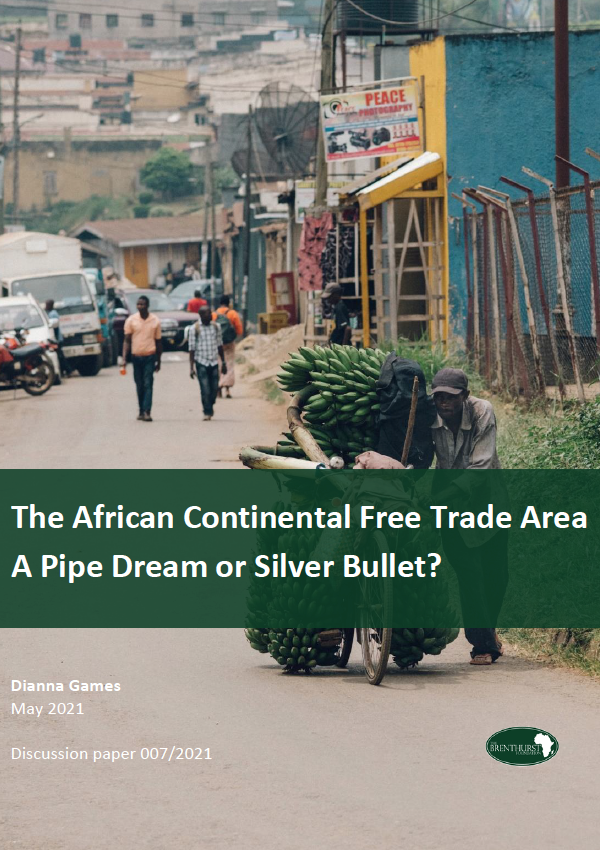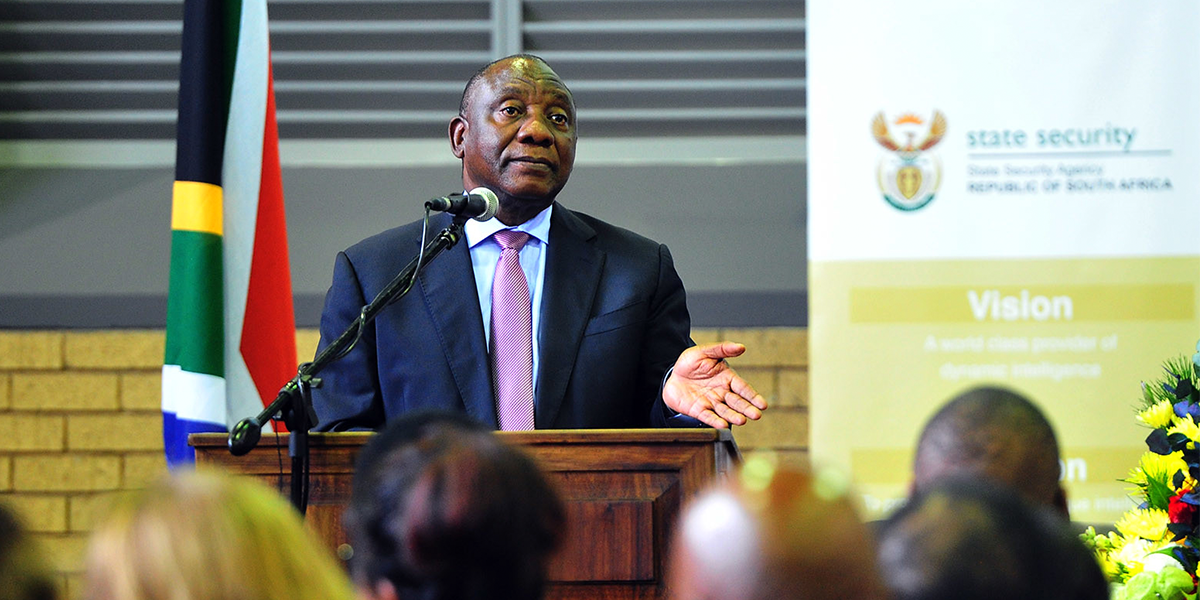Publications
The African Continental Free Trade Area: A Pipe Dream or Silver Bullet?
The African Continental Free Trade Area (AfCFTA), which became operational in January 2021, is an initiative bringing together a potential market of more than a billion people and has a lofty ambition of increasing intra-African trade from under 20% currently to more than 30% in just a few years by attracting investment into manufacturing, agriculture and other sectors and building regional value chains.
That is the theory. However, current realities are likely to counter the expectations that the AfCFTA is some kind of silver bullet that will transform Africa, sweeping away decades of embedded dysfunction and challenges. The spirit of free trade is well represented at public forums across the continent. But policies and actions at a national level tend to paint a picture that is characterised by a failure of leaders to implement the agreements they sign up to once the fanfare has died down.
The AfCFTA is not an event, but a long, slow and complex process that will take years to gain traction, given the scale of challenges on the ground that may undermine its progress and potential. But it has undoubtedly created a framework for change and given the possibility of a better continent new momentum. As the Secretary General of the AfCFTA Secretariat based in Ghana, South Africa's Wamkele Mene, says, “I don't want anybody to be under the illusion that this is going to be easy. It's going to be difficult. But we've got to do it.”



